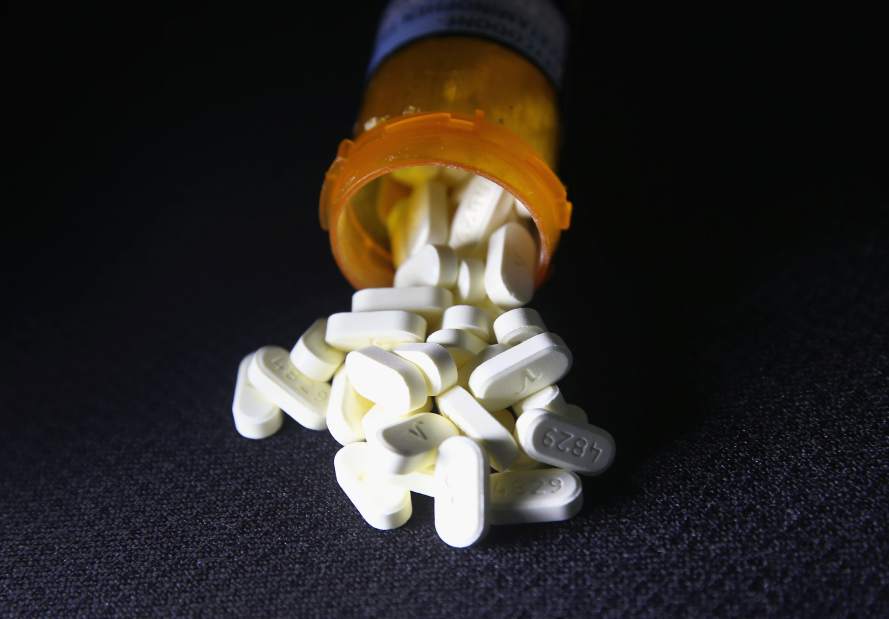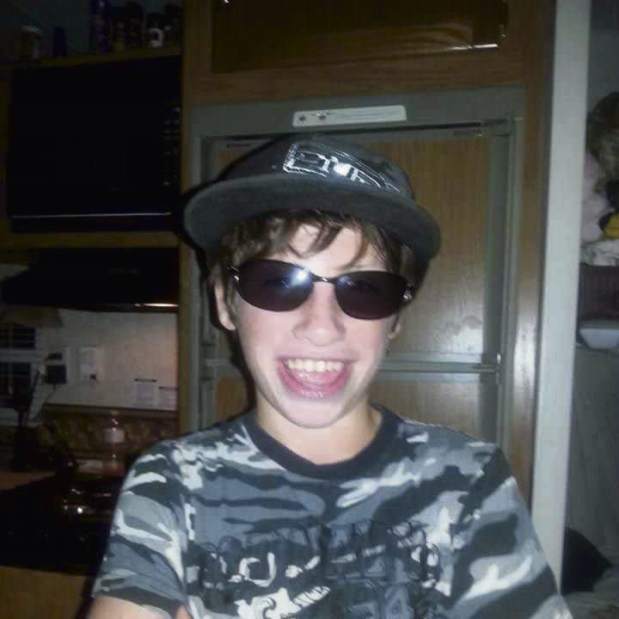Study finds overdoses do little to curb use of prescription opioids
Most Pennsylvania Medicaid recipients who overdose on a prescription opioid continue taking the same drugs after overdosing, a University of Pittsburgh study shows.
“It's our view that it's time to take stock of whether we're treating any underlying pain appropriately and whether prescription opioids are the correct way to treat it,” said Julie Donohue of Pitt's Graduate School of Public Health.
The study examined 6,013 overdose patient cases between 2008 and 2013, including 3,945 who overdosed on a prescription opioid and 2,068 who overdosed on heroin.
Of the nearly 4,000 patients who overdosed on a prescription opioid, 2,609 had filled such a prescription in the six months prior to the overdose and more than 2,350 continued to fill a prescription for the same drugs in the six months after overdosing on them.
Of the patients who overdosed on heroin, 894 had filled an opioid prescription in the six months before overdosing and 822 continued to fill at least one prescription in the following six months.
“It's a reduction, but maybe not as big of a reduction as we'd like to see,” Donohue said.
Dr. Neil Capretto, medical director of Gateway Rehabilitation, isn't surprised by the relatively small changes in prescription opioid usage among overdose patients.
“They still have the disease of addiction,” Capretto said. “If you overdose, that doesn't make addiction magically go away.”
The Pitt study also looked at rates of addiction treatment — specifically medication-assisted treatment — before and after an overdose.
Of the Medicaid patients who overdosed on a prescription opioid, 531 received such treatment in the six months before overdosing and 594 did in the following six months — a 1.6 percent increase.
Of those who overdosed on heroin, 609 received treatment before overdosing and 683 did after — a 12.1 percent increase.
Donohue wonders why the health care system hasn't had a bigger, more substantive response to such a life-threatening event, including doing more to connect people with treatment right away.
“The takeaway is that we need to rethink how we organize medical care for people with opioid addiction, especially for people who are treated for an overdose,” Donohue said. “There is a strong evidence base to suggest that initiating additional treatment while people are still in the hospital is more effective than giving them a referral to another treatment facility.”
Capretto said the introduction of treatment options while still in the hospital — known as a “warm handoff” — is key.
“Historically, people who overdosed didn't get a warm handoff,” he said. “It's just one event, and the next day or an hour later, they're still in their addiction. So unless they get treatment, their addiction will continue, and they're at risk to overdose again.”
Discussing medication-assisted treatment options is standard rehab procedure these days, he said.
“It'd be like somebody who has cancer not being offered chemotherapy or radiation,” he said. “It's sad it took this long, but we're making progress. We still have more progress to make though.”
Megan Guza is a Tribune-Review staff writer. Reach her at 412-380-8519, mguza@tribweb.com or via Twitter at @meganguzaTrib.


